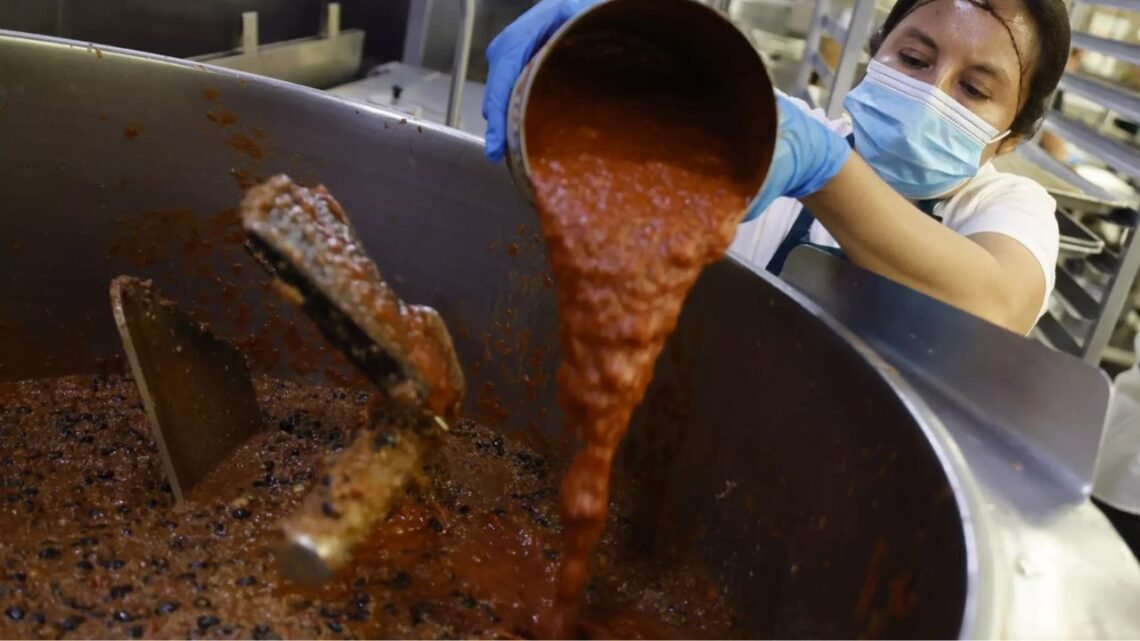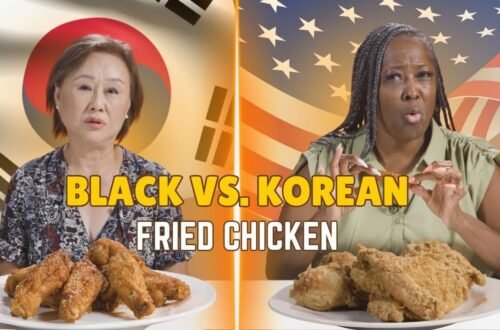A bold new law signed in California is set to reshape school lunchrooms across the state. Dubbed the Real Food, Healthy Kids Act, the legislation will ban certain ultra-processed foods—including some pizza, snacks, and processed sides—from being served in schools.
The shift aims to promote healthier eating, reduce childhood disease risk, and force a dramatic overhaul of cafeteria menus over the next decade.
What the Law Does & When It Kicks In
| Milestone | What Happens |
|---|---|
| Department definition deadline | By mid-2028, California’s Department of Public Health must define ultra-processed foods “of concern” and “restricted school foods” |
| Phase-out starts | Schools begin removing these banned items from meals beginning July 2029 |
| Vendor prohibition | Starting July 1, 2032, vendors cannot sell “foods of concern” to school districts |
| Full ban implemented | By July 1, 2035, schools cannot include prohibited ultra-processed items in breakfasts or lunches |
Under the law, food will be evaluated based on additives like emulsifiers or sweeteners, plus high levels of saturated fat, sodium, or added sugar. Not all processed foods will be banned—only those meeting stricter criteria.
Why California Is Pioneering This Move
1. Defining Ultra-Processed for the First Time
This is the first U.S. law to codify a legal definition for ultra-processed foods (UPFs). Until now, classifications were largely academic or voluntary. The regulation requires a data-driven, science-backed approach to identify the riskiest products.
2. Addressing Child Health Concerns
Nutrition scientists and public health advocates warn that UPFs contribute to obesity, type 2 diabetes, heart disease, and even behavioral issues in children. The law aims to protect students where they consume a large share of their daily calories—school meals.
3. Phased Approach to Give Schools Time
Because schools need time to adjust food sourcing, menus, procurement, staff training, and infrastructure (e.g. scratch cooking), the law is intentionally gradual.
This gives districts a window to gradually build healthier menus and eliminate reliance on convenience foods.
4. Legal Accountability for Vendors
By July 2032, vendors will be legally barred from offering restricted UPFs to school districts. This shifts much of the compliance burden from schools to manufacturers and suppliers.
What Changes in the Cafeteria
1 Pizza, Snacks & Sides Under Scrutiny
Traditional pepperoni pizza, tater tots, packaged snack foods, sugary drinks, and highly processed desserts are key targets. Some items currently in school menus may be re-engineered or removed.
2. Menu Overhaul & Fresh Food Emphasis
Schools will need to boost scratch-cooked meals, whole foods, fruit and vegetable servings, plant proteins, clean ingredients, and simpler recipes. The shift could include more salads, grain bowls, whole fruit, lean proteins, and freshly prepared entrees.
3. Infrastructure, Training & Supply Chain Upgrades
Many districts will need to retrofit kitchens, invest in staff training, forge new supplier relationships, and adopt recipes that use minimally processed ingredients. Budget and logistical challenges are expected during transition.
4. Exemptions & Gray Areas
Some processed foods (e.g. canned vegetables, plain yogurt, minimally processed items) will likely be exempt. Foods that are only processed due to salt or natural seasonings may not count toward the ban. The law provides mechanisms for petitions and exemptions in specific cases.
Reactions, Challenges & Pushback
- Supporters: Nutrition advocates, pediatricians, and many public health groups view the law as a landmark step to protect children from unhealthy diets and regulate food environments.
- Opponents: Food industry groups, some school districts, and agricultural lobbies express concerns about implementation costs, supply disruptions, and defining which foods qualify as “ultra-processed.”
- Logistical hurdles: Some rural or low-fund districts may struggle to source healthier food, upgrade kitchens, or meet compliance timelines.
- Legal and policy complexity: The success will depend heavily on how well the California Department of Public Health crafts the definitions and regulations by 2028.
California’s new “From Pizza to Potatoes” law marks a bold turning point in school nutrition reform. By phasing out ultra-processed foods in schools, lawmakers aim to protect student health, reshape diet norms, and elevate the role of fresh, real food in education settings.
The path ahead is complex—defining risky foods, overhauling menus, training staff, and securing resources—but the potential rewards are substantial: healthier future generations, reduced chronic disease risk, and an example for other jurisdictions to follow.
This isn’t just a menu change—it’s a transformation of how we feed our children.
FAQs
Will all processed foods be banned?
No. The law targets ultra-processed foods of concern—products that contain synthetic additives, high sugar, sodium, or fat. Minimally processed or naturally processed foods will likely be exempt.
How will schools cope with the transition?
Schools have a multi-year ramp-up period. They can gradually shift menus, retrain staff, source new suppliers, and redesign kitchens. Early planning is essential.
Could this law influence other states or national policy?
Yes. As the first state-level law of its kind in the U.S., California’s action may serve as a model. Other states are already exploring similar rules.









